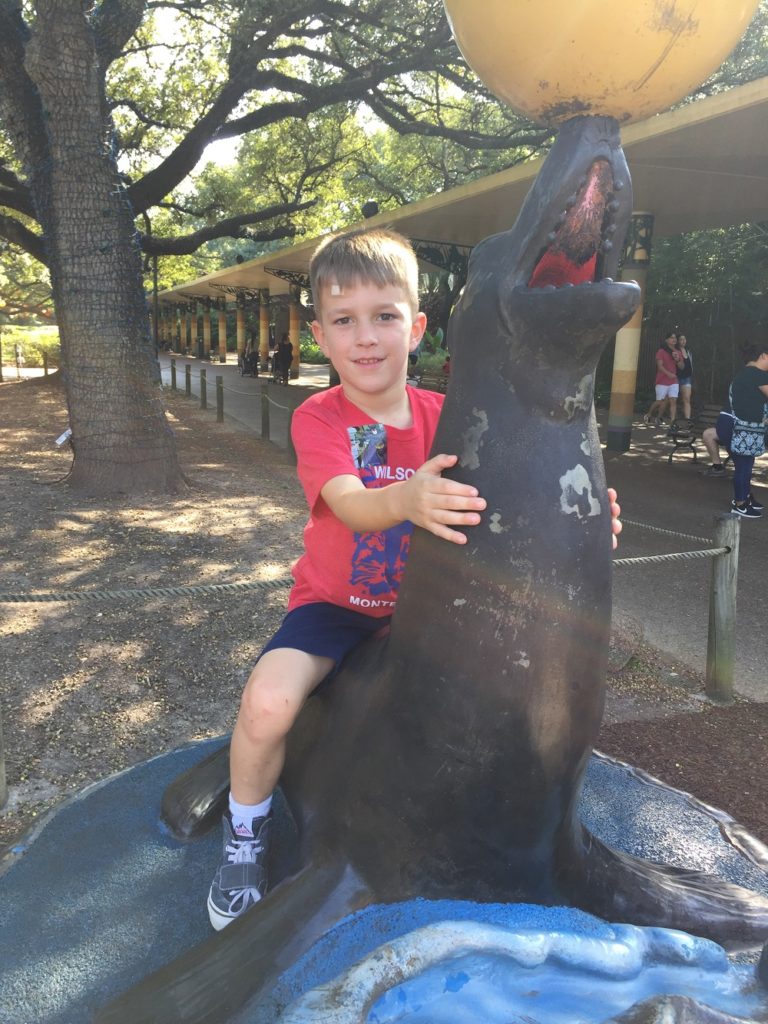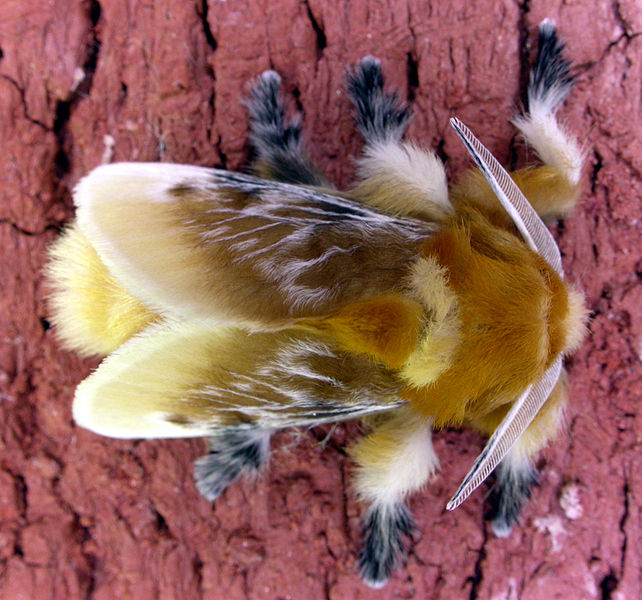
A couple of years ago, on a beautiful October day, I picked up my son Ethan from school and decided it was a great time to go to the zoo. We had a blast and the weather was perfect; things could not have been any better, until they took a surprising turn for the worst. Ethan and I were walking along, past the primate exhibits. He was running his hand through the bordering shrubs, as young boys tend to do, when all of a sudden he cried out in pain. And boy did he cry! Try as I might, I could not calm him down and his pain only seemed to be intensifying. Luckily we were soon passed by a zoo ranger who applied some insect sting and bite relief, which seemed to help almost immediately. I racked my brain over what it could have been. There were no flying insects anywhere near us. There was no stinger stuck in his skin. What got him seemed to be almost invisible! Then it hit me… an asp! That’s the only small creature I could think of that would be hiding in shrubs and could cause that much pain in my poor little guy, ruining our perfect day at the zoo.

Photo Credit: Patrick Coin
Yes folks, the fall, when we are out soaking up the amazing weather, wanting to spend as much time outdoors as possible, is asp season! The asp (and no, I’m not talking about a venomous snake from Africa) goes by many other names: puss caterpillar, wooly slug, opossum bug, etc. It is a larval form of the Southern flannel moth (Megalpyge opercularis), which is truly an ADORABLE moth! Seriously, it is so fuzzy! It’s too bad that the almost equally adorable caterpillar is one of the most venomous species in the United States.
So how do you know you’re staring at an asp? Look for a small to medium, tear-shaped caterpillar. The head will not be visible because the entire body is covered with a coat of luxurious fluffy-looking hair that can vary in color from gray to shades of brown. They look almost pettable, like a little kitty, but don’t touch! For within that fluffy, silky hair (actually setae) are stinging spines. One brush against these spines can cause some of the worse pain from any insect that you’ve ever felt.

Depending on where you are stung, the pain can be more localized, or it can radiate up an entire limb. Luckily, my sweet boy was stung on a part of his hand where the skin was thicker, which helped to keep the pain more localized. Thinner skin and more sensitive areas can result in a more widespread reaction. Most victims report intense burning pain, followed by swelling and sometimes even headaches, nausea, sweating, hives and difficulty breathing. Most reactions are minor and will clear up on their own, but in some very rare cases it can become systemic and require a trip to the ER. If you suspect you or someone you’re with has been stung, first check to make sure there are no fur or spines still on the skin. If there are, you can remove them with a piece of tape or anything sticky. The best thing to do is to treat the area with ice packs, hydrocortisone cream, or better yet, get a hold of some insect sting and bite relief, it works very quickly! Just monitor them over the next few hours to make sure they are improving and not getting worse.

So why are these little caterpillars trying to ruin our perfect fall days? Well, it’s just due to their life cycle. They have two generations per year, one in the summer and one in the fall. If conditions are particularly favorable for breeding, we will end up with lots of babies in the fall, which happens from time to time. If you want to keep yourself or your kiddos from getting these day-ruining stings, just try to keep everyone from sticking their limbs into shrubs or bushes. If you are gardening or pruning trees or shrubs, be sure to wear thick gloves and long sleeves to protect yourself from falling caterpillars. They feed on a wide variety of trees, shrubs and garden plants, so it can be hard to pinpoint which ones to avoid. So, just be careful, and be on the lookout for these luxuriously furry little caterpillars!
A run in with an asp may be painful, but the experience is unlikely to be deadly. Explore the world of venomous creatures and nature’s harmful creations from a distance in our special exhibit Death By Natural Causes. Plan your visit today.

